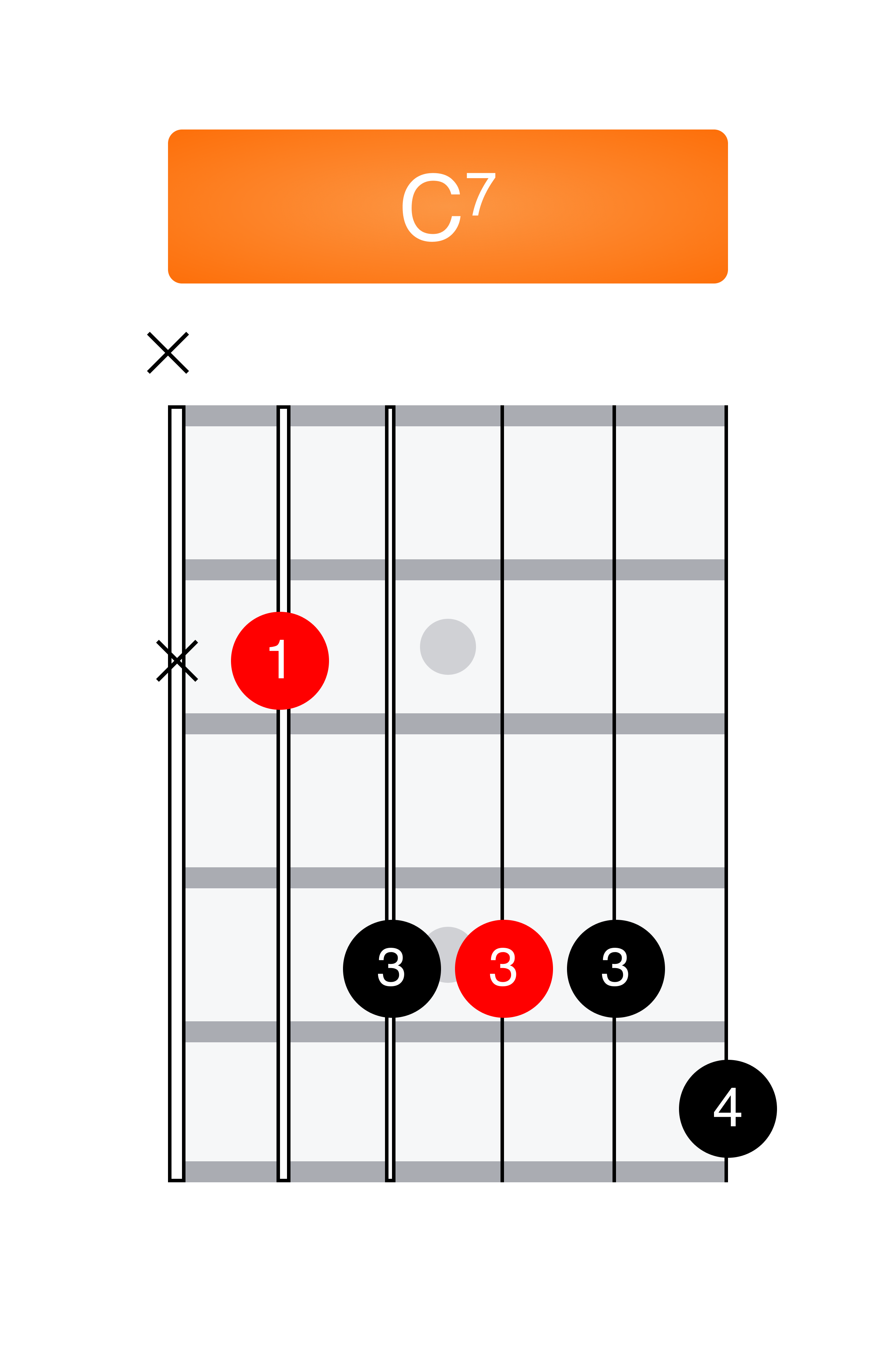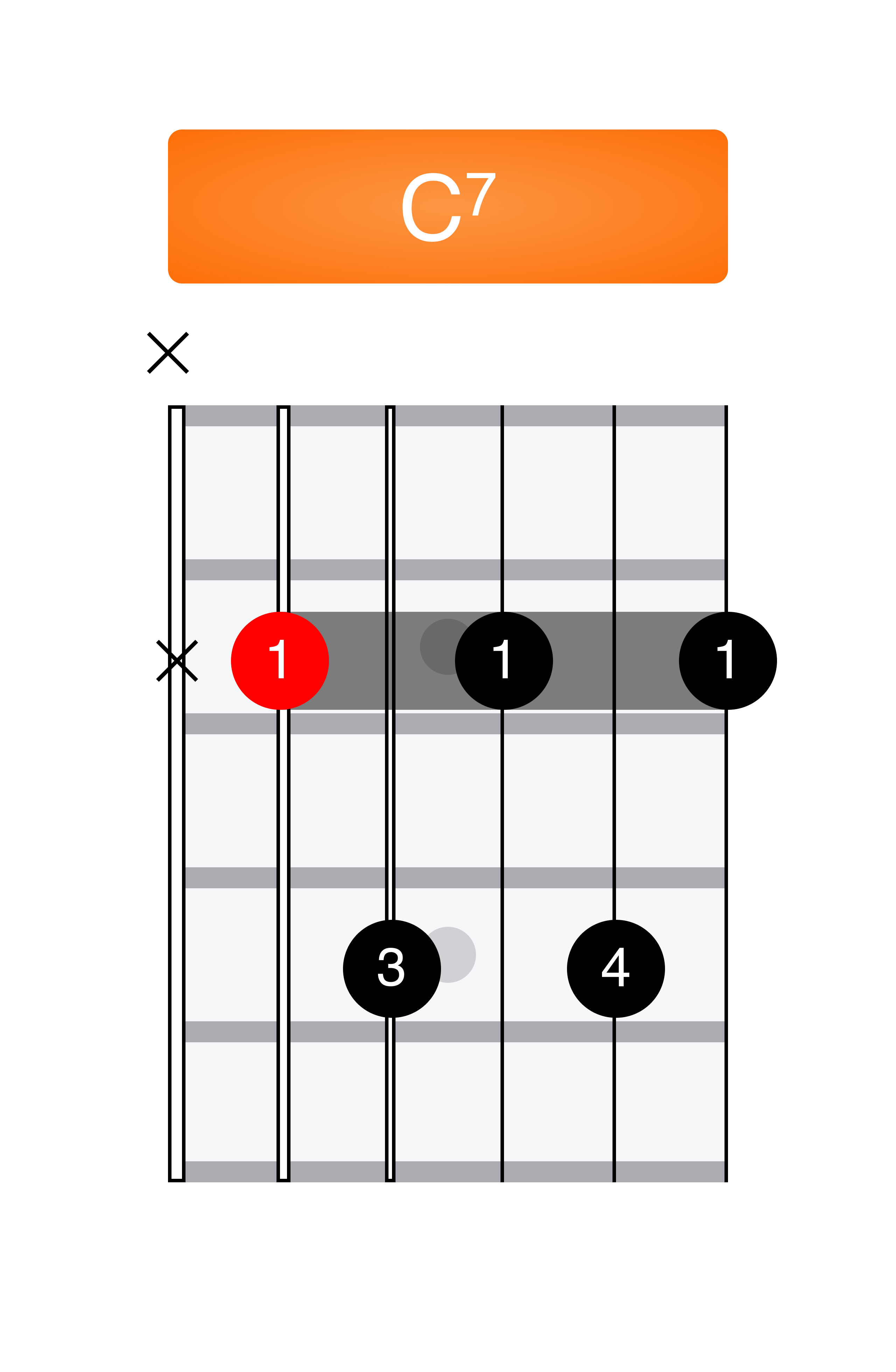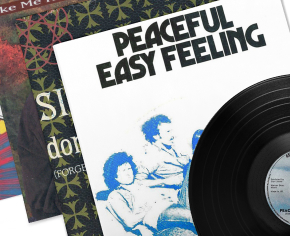JustinGuitar.com uses cookies to enhance your browsing experience. By continuing to use this site, you consent to the use of cookies. For more detailed information, please review the full Terms & Conditions.
🚨 Save Your Songs, Save Your Rhythm—Save 50%! 🎸 Get the Strumming SOS Course at half price, but only for a limited time!
The Dominant 7th Chord adds the flat seventh scale degree to a Major Chord. They are commonly found as the fifth chord in any key.
😅 WHAT? If this sounds like gibberish to you, check out my Practical Music Theory Course!
The Dominant 7th Chord is used a lot in Blues and Folk styles. It is a common grip that you'll find in The Beatles songs and general older pop music. So, let's get stuck in and learn how to play A-Shaped Barre Chords - Dominant 7ths!
In this lesson, part of my A Shape Barre Chords free course, we'll learn two variations of Dominant 7th Chords. The first one works best in most Blues scenarios or any Blues-based music. The second one is a more traditional approach, and I don't tend to use it much. I prefer the first option, but getting the traditional one under your fingers is also useful, particularly for some chords we'll learn in the next lessons!
Let's start with a C Major Barre Chord. Here's the first version for playing a C7: add your little finger down on the thinnest string, one fret higher than your third finger. Take a look at the chord diagram:

This fingering is a bit challenging, but it's a cool sound! It goes nicely with the F Chord - it's what we call a perfect cadence. The C7 is the fifth chord in the key of G, so you get much of this tension resolution.
The second option for playing a Dominant 7th Chord, in this case, a C7, is as it follows on this chord diagram:

Finger 1 must mute the thickest string while playing Strings 5, 3, and 1. The first finger has some work to do, and you will need some of the practice we did with the E Shape Barre Chord, where you put the finger down and roll it slightly onto the side to get that middle note.
🔎 Experiment! I can actually play this grip with my finger quite flat, which seems slightly easier for me, but I have definitely had students over the years who have needed to do a bit of that rollback.
Finger 3 goes down on Fret 5 of the String 4 for this variation, almost like a Power Chord. Finger 4, if you imagine the Power Chord shape, drops down one string, so the little finger is on the Fret 5 of String 2.
The most common difficulty will be getting String 3 to ring out. Either Finger 3 lays a little flat, which can mute String 3, or you have to get your finger onto the point. You might also have trouble with the barre, as I mentioned earlier. To overcome this, you should experiment with the exact shape of your first finger.
I will say this often during this course: our anatomy is different, so you must find out how these chords work for you. If you have to move your finger up or down or twist around, you must find how your body makes these chord shapes because they will likely be slightly different. If you have to do something drastic, you may have a drastically different hand shape, but that's unlikely!
In my experience, it just takes a bit of experimentation. Most of the time, you might need to push your first finger up a little higher, drop it down more, play with the tip, or arch your fingers more. Move your hand and experiment! Try as long as you know what you're aiming for. You will experiment with how your hand sits exactly to get it right. But again, you want to practice getting the sound of that. Make sure that if the fingers are not quite in the right spot, you need to go right up next to the frets. If your third and fourth fingers are back too far, you'll get that "fluffy" sound, and you don't want that.
You want all the notes to ring out as clearly as possible. If you work on that, you'll find that your whole playing will improve by correcting those little things. Everything starts to sound better because not just this will be better. Every time you play a chord, you'll become more aware of where those crunchy notes are, and you'll be able to fix them.
Practice your Dominant 7th Chords by playing a 12-Bar Blues in the key of Ab or Bb. If we use the key of A flat, starting with the E Shape, we get an E7 Chord. We can also add our little finger for a variation that sounds even more Bluesy! The progression is one bar of Ab, followed by one bar of Db. Experiment with it!
Playing at 12-Bar Blues will use your E Shape 7th Chords and any variation of the A Shape 7th Chords. It's a super-duper practice! You will find it a bit of a workout to do 12 bars like that with the strumming along, especially if you're pumping the chords to try and get groovy. You'll feel it in your hand, but it's normal - your hand will strengthen with time. Don't be in a hurry! The right muscles need time to develop. Even if you've been playing guitar for some time now and you find some of the things easy, when you learn new things, there's often going to be a particular little muscle that hasn't been used before that needs to strengthen up a little bit. So be kind to yourself.

I release new song lessons for you every week! Check out the latest ones and stay inspired. :)